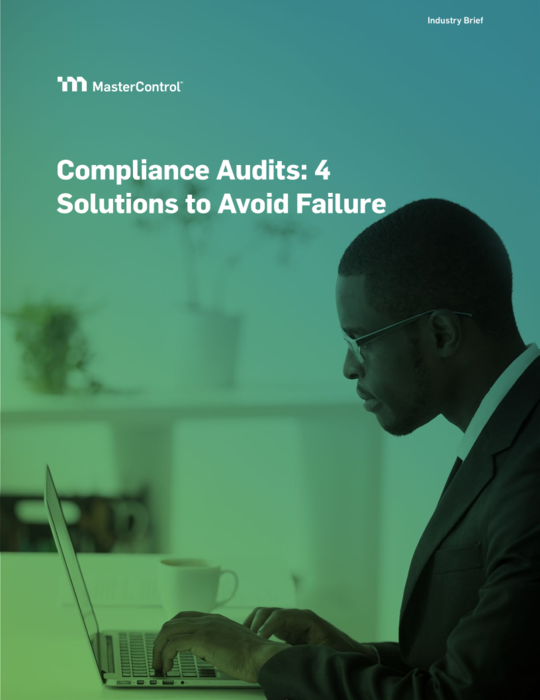
GxP Lifeline
4 Essential Components of an Audit Management System

We’ve been talking a lot about audits and inspections recently. While they were always a topic of interest for quality professionals, the COVID-19 pandemic has permanently changed how we view them. Just as in other areas of our lives, pre-COVID companies were aghast at the idea of doing audits remotely. Now, it’s become the norm. Dealing with remote compliance audits and inspections presented unique challenges. The new hybrid approach does have benefits, but also maintains some of the challenges from in-person and remote audits.
To combat these challenges, companies need to adopt an electronic quality management system (eQMS) that holistically covers every aspect of audits and inspections. This enables them to deal with any audit or inspection, including those conducted by regulators such as the U.S. Food and Drug Administration (FDA).
What Your Quality Audit Software Needs
When it comes to compliance audits and inspections, one thing leads to another. Much like giving a mouse a cookie, if you give an auditor a quality event form, he’ll ask to see the corrective action/preventive action (CAPA). If you give him the CAPA, he’ll ask about ensuing updates to procedures. If you give him an updated standard operating procedure (SOP), he’ll ask about when employees were trained on the updates. If you give him the training records, he should move on to a new topic.
Parodies aside, all aspects of the quality system come under scrutiny during an audit. FDA inspections and other similar compliance audits tend to touch on everything. That means the solution you use needs to also connect different parts of the quality system. It is good to digitize your document management, but if you pull an updated SOP and then have no efficient way to find associated training, you aren’t getting all the benefits of a digital system.
For quality audit software to help you pass compliance and customer audits with flying colors, it needs to include:
-
Document control software
- gives you complete control over your documents, including version control, and makes documents easily accessible and searchable. -
Training management software
- automates training by sending out tasks and reminders to employees and quickly shows managers who has been trained on what. -
CAPA management software
- connects to other parts of quality event management so CAPAs are tracked and followed up on automatically. -
Audit management software
- connects all audit-related tasks, including planning audits and creating audit reports.
Compliance Audits and Inspections of the Future Now
We like to be forward-thinking at MasterControl. Alas, remote audits and FDA inspections aren’t forward-thinking. The use of virtual audits and inspections predated the COVID-19 pandemic, but social distancing and travel restrictions are what really forced regulators in particular to turn to digital solutions to their inspection backlog problem. The restrictions might be largely gone, but regulators don’t want to go back to doing things the way they did pre-COVID.
The International Coalition of Medicines Regulatory Authorities (ICMRA), a worldwide group of regulators that work together to support international cooperation, published a paper on remote compliance audits and inspections. They noted that some of the remote oversight activities picked up during the pandemic are expected to continue. However, “it is not the view of the group that remote inspections would fully replace an on-site inspection.” 1
Audits and inspections have taken on a hybrid approach with regulators using a bit of remote with a bit of in person. Much like Van Halen, they want the best of both worlds . One thing that will remain the same is reviewing documents virtually. Companies running on paper will have to scan in their documents before they send them, making this aspect of virtual oversight much more cumbersome than it would be with quality audit software. Even a good document management system will fall short if it doesn’t include all the features mentioned above.
Conclusion
It’s hard to believe any company in a regulated industry hasn’t already been affected by remote audits and inspections. If your business hasn’t yet had to deal with this, it will at some point. Hybrid inspections can be a success when you have quality audit software that combines audit management with training, documents, and CAPA. To learn more about how these four areas work together to make life easier during an audit, download our industry brief “Compliance Audits: 4 Solutions to Avoid Failure.”
References:
- "Reflections on the regulatory experience of remote approaches to GCP and GMP regulatory oversight during the COVID-19 Pandemic,” International Coalition of Medicines Regulatory Authorities (ICMRA), Nov. 26, 2021.

